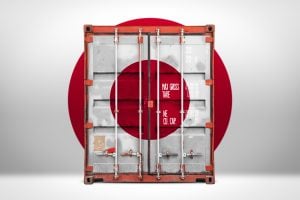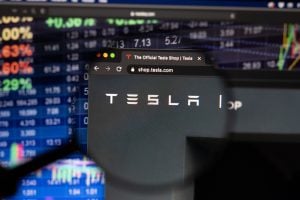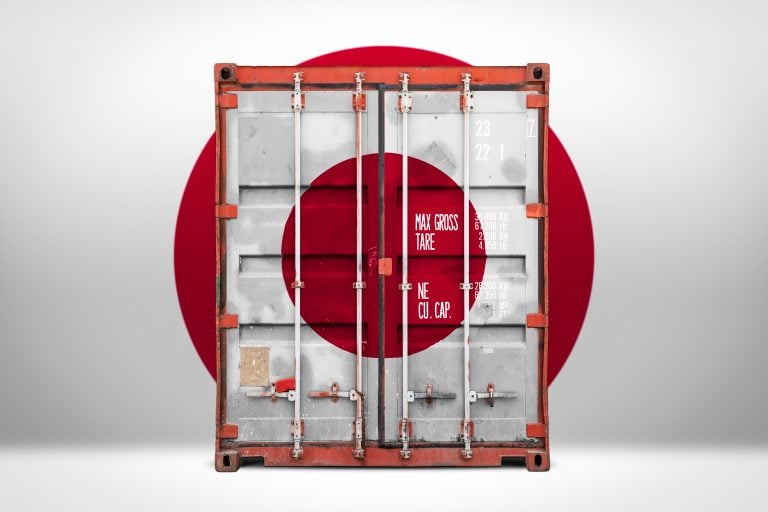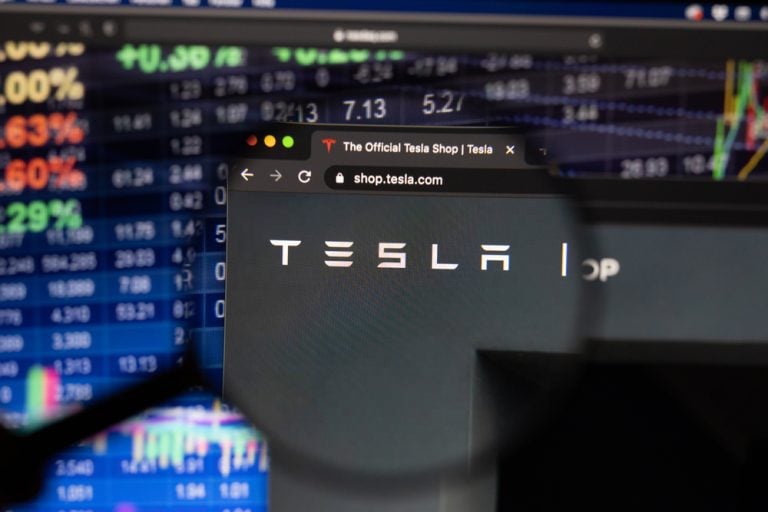Genesis Minerals shares are down ~5% after it dropped a five-year gold production outlook late yesterday
Glencore dumps “unnecessary” coal production cap ahead of proposed demerger
Materials down, but is there a bright spot for (mined) zinc?
Raleigh Finlayson’s Genesis Minerals (ASX:GMD) arrived under the cover of darkness as the market closed yesterday to drop its five-year strategy, charting a path for the Leonora gold miner to 325,000ozpa by 2029.
But its 2024 guidance appears to have disappointed, with GMD projecting it will produce 130,000-140,000oz from its Gwalia and Ulysses mines this financial year at all in sustaining costs of $2300-2400/oz and growth capital of $70-75m. GMD shares tumbled ~8% at the open on a generally down day for gold stocks.
Comex futures slipped under US$2200/oz after the US Fed’s rates commentary propelled them to new heights on Thursday.
The ramp up profile will see production lift to 175,000oz next year and 235,000oz in FY26 as the Ulysses underground ramps up and Genesis restarts its 3Mtpa Laverton Mill, mothballed after it was acquired from the previous owner Dacian Gold in 2022.
On current reserves, by FY29 Genesis will produce 130,000oz at Laverton and 195,000oz from its Leonora hub, anchored by the 1.4Mtpa Gwalia mill picked up from St Barbara (ASX:SBM) last year, with all in sustaining costs dropping into the $1600/oz range.
But it appears to be bullish on its growth prospects, backed by 15.2Moz of resources and 3.3Moz of reserves.
Just 7% of the reserves at its Tower Hill open pit near Gwalia, expected to be hauled at a rate of up to 2Mtpa to Laverton, are included in the 1.3Moz five-year mine plan, with those ounces making up 16% of Laverton’s production outlook coming online in 2028 and 2029.
But at least another 8Moz of resources not included in a broader 10-year outlook targeting up to 350,000ozpa could help lift production to 400,000ozpa. They include:
Unknown extensions to the Gwalia and Ulysses underground
A virtually untested kilometre long patch between Gwalia and Tower Hill
1Moz of open pit resources that can be placed in a pit shell by adjusting prices from $2400/oz to $2800/oz
The conversion of 3.4Moz of Gwalia resources to reserves
1.1Moz of resources at the Westralia open pit and underground; and,
2.5Moz of refractory gold that will require different processing technology at the Aphrodite and Harbour Lights deposits.
Finlayson and his crew will be presenting the details and grilled by analysts at an investor day in Sydney on Monday.
Genesis shares fell closer into line with the broader downward trend in the gold industry, improving to a ~5% loss before lunch against a 1% fall for the All Ords sub-index, which blew off steam after running on record gold prices yesterday.
Genesis Minerals (ASX:GMD) share price today
Is Glencore’s coal spinoff a licence to break emissions promise?
Glencore has drawn the ire of environmental activists after pulling its planned coal production cap, in place for five years, ahead of a long-mooted spinout of its fossil fuel assets.
The Anglo-Swiss miner and trading beast will add 26Mt of coal capacity with the US$9bn acquisition (100% basis) of Teck Resources’ Elk Valley met coal mines in Canada.
Having produced 113.6Mt in 2023 it will still be well short of the 150Mt cap instituted under former CEO Ivan Glasenberg in 2019.
But the removal of the cap, said by Glencore in a new Climate Action Transition Plan to be unnecessary due to declining production and a stop on greenfields coal developments, has raised the eyebrow of climate action investor groups.
The new plan includes a 25% emissions reduction deadline for Glencore’s assets by 2030, though the Australasian Centre for Corporate Responsibility has criticised it, saying it will allow for less action between 2026 (15%) and 2030 than previous plans.
Glencore is aiming to hit a 50% reduction on the baseline by 2035 and Net Zero by 2050.
It estimates its operations generated Scope 1, 2 and 3 emissions of 554Mt CO2 equivalent in 2019.
“This is an extremely concerning step backwards for Glencore, especially given the overwhelming investor feedback it received at the last AGM that the company does not have a sound plan to successfully navigate energy transition risks,” ACCR company strategy lead Naomi Hogan claimed.
“To have the world’s largest thermal coal exporter effectively walking away from Paris alignment is an enormous risk to Glencore’s investors and a risk to all portfolios exposed to the systemic risks of climate change. It represents a reckless bet against an orderly and timely energy transition.
“We’re deeply concerned that Glencore is removing its coal production cap right at a time when it might be needed most, given it is acquiring significant additional new coal assets and planning significant coal expansions.”
Glencore has faced increasing activist intention of multiple kinds in recent weeks. Tribeca’s Ben Cleary has led a campaign to bring the company from London to the more mining friendly Australian Stock Exchange and argued against the demerger of its coal assets, which will give Gary Nagle’s Glencore a greener tinge by centring its mining operations on battery metals like cobalt, zinc, copper and nickel.
And on the market?
The materials sector is poised to enter the weekend on a loss after dropping ~0.5% in early trade, with further falls for diversified and iron ore miners adding to gold’s Friday blues.
Fortescue (ASX:FMG) fell 1.61% while South32 (ASX:S32) was down 3%, having had to temporarily shut its Groote Eylandt manganese mine this week due to a tropical cyclone that flooded its pits and caused structural damage to wharf and port infrastructure at the remote high grade operation.
It came despite iron ore charging to US$109/t, breaking a bearish run that saw it fall below US$100/t at the start of the week.
Base metals were bought overnight however, with zinc up 2.5% to a peak of US$2571.50/t as the same cyclone prompted Glencore to close down its McArthur River mine in the NT. It produces around 270,000t of zinc (2% of global output), 1.5Moz of silver and 50,000t of lead a year.
Wood Mackenzie also warned in a report yesterday that efforts to decarbonise steel will lead to a fall in recycled zinc supply, given 1.6Mt of zinc is recycled from steel dust in electric arc furnaces each year.
They say the cost and carbon intensity of recovering zinc would go up significantly as direct reduced iron is incorporated into the process rather than scrap steel to reduce steel emissions.
“By 2050, nearly half of the world’s steel production is projected to be through the EAF route. This transition is necessary for decarbonisation efforts, but it poses challenges for the zinc industry in meeting the demands of decarbonisation and the circular economy,” WoodMac’s zinc market head Andrew Thomas said.
Current tech is also carbon intensive, Wood Mac says.
“Alternative methods of recovering zinc from steel dusts have proven unsuccessful, posing a risk that the steel industry’s decarbonisation efforts and rising carbon costs could inadvertently hinder the circularity of zinc,” said Thomas.
“This could result in a higher amount of zinc being lost if steel dust is used in the production of ferro concrete and potentially fertilisers, thus preventing the recovery of zinc altogether and represents a significant challenge for the zinc industry in meeting the demands of decarbonisation and the circular economy.”
Monstars share prices today
The post Monsters of Rock: Genesis down on guidance, Glencore downs coal cap appeared first on Stockhead.




















